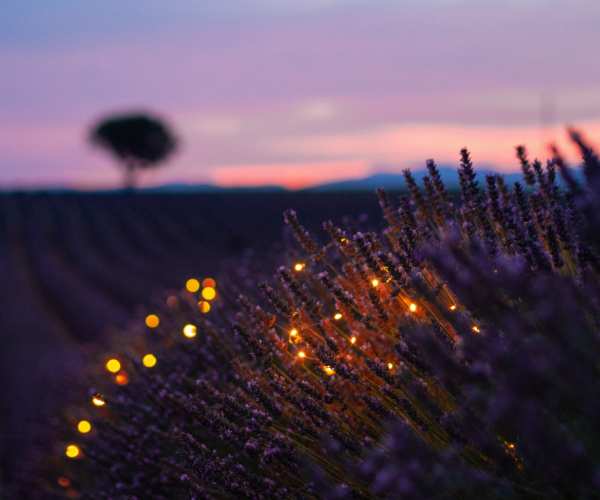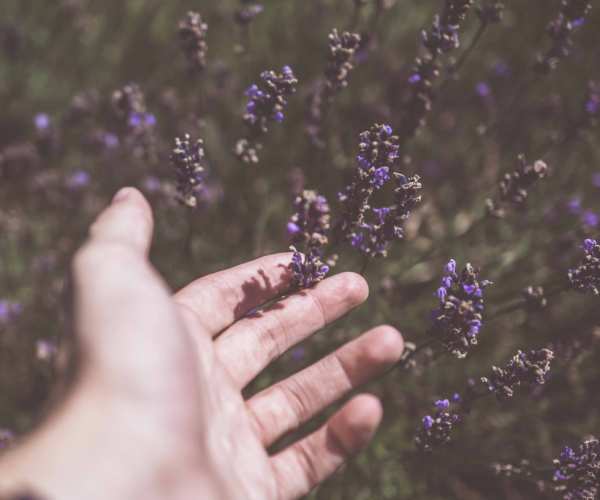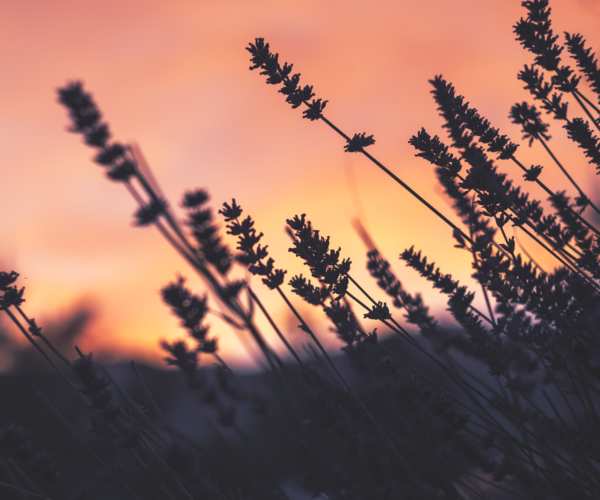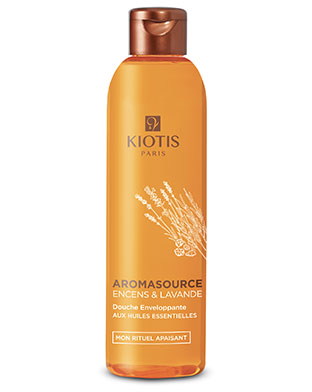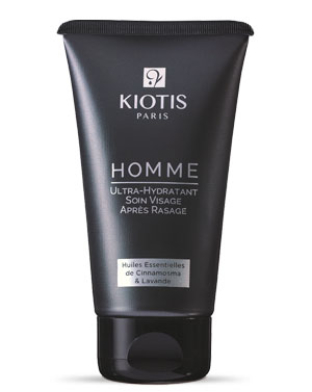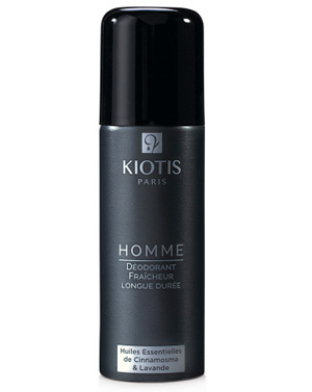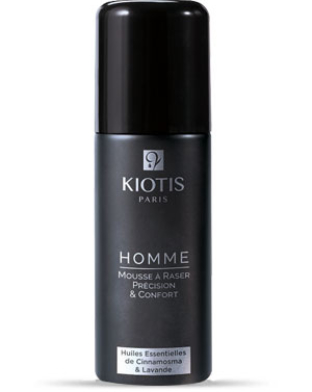Presentation

France & Bulgaria

Fresh flowers

Hydro distillation of flowering heads
Benefits
Deep hydration (preventive and restorative effect)
Purifying
Repairer
Shine
Surface hydration (restorative effect)
Botany
Lavender belongs to the Lamiaceae family, which includes many aromatic plants: thyme, sage, mint…
In Provence, three species of Lavender grow spontaneously: lavandula vera, lavandula spica and lavandula stoechas.
It is a vivacious bush, growing at an altitude of 900 to 1,600 m, with blue-violet flowers in which the Essential Oil is concentrated. The quality of Lavender is reputed to increase with altitude.
Harvesting takes place in summer because the high temperatures promote the rise of the essence in the flower's cells and secretory glands. Bees love lavender because it is a honey plant (rich in nectar and pollen)
History
This thousand-year-old plant is said to have originated in Persia. In the 1st century, Pliny the Elder and Dioscorides, a physician and a botanist, mention the "Aspic" and "Stoechas" lavenders in their works.
The Celts made a lotion based on Lavender Essential Oil called the "Celtic Spikenard" used in pharmacy and perfumery.
Provence is the land of its first distillation in the 13th century.
In Provence, lavender has been used since the Middle Ages, in perfumes and in medicines, but it is from the 19th century onwards that cultivation began.
The expansion of the perfume industry in Grasse led to a strong increase in the demand for perfume plants. Almost all Lavender production is dedicated to the production of Essential Oil.
Properties
Lavender and Maillette Lavender Essential Oil is known for its relaxing and soothing virtues against stress or skin rashes. They are due to the majority presence of linalool and linalyl acetate. The presence of camphor also improves circulatory activity, thus promoting skin regeneration.
At Kiotis, we use lavender for its moisturizing, purifying and relaxing properties, but also to restore the skin's radiance.
Lavender
The Kiotis laboratory has shown, through in vitro scientific tests, that Lavender Essential Oil prevents dehydration and deeply rehydrates the skin. This patented property brings plumping and suppleness to the skin. In addition, it stimulates the production of beta-endorphins on the surface delivering a relaxing effect. Finally, it limits the growth of microbial flora thereby offering a cleansing effect.
Maillette Lavender
The Kiotis laboratory has shown, through in vitro scientific tests, that Maillette Lavender Essential Oil strengthens the bonds between the different layers of skin. This patented property allows the skin to regain its radiance and delays signs of ageing. This aspect is reinforced by the reduction in facial muscle contractions, which are the first cause of wrinkles. In addition, Maillette Lavender Essential Oil protects the skin from dehydration. Finally, it limits the growth of microbial flora thereby delivering a cleansing effect.
Did you know?
The word lavender supposedly dates back to the Middle Ages, but it was already used by the Egyptians, Greeks and Romans to perfume their baths and take care of their linen.

